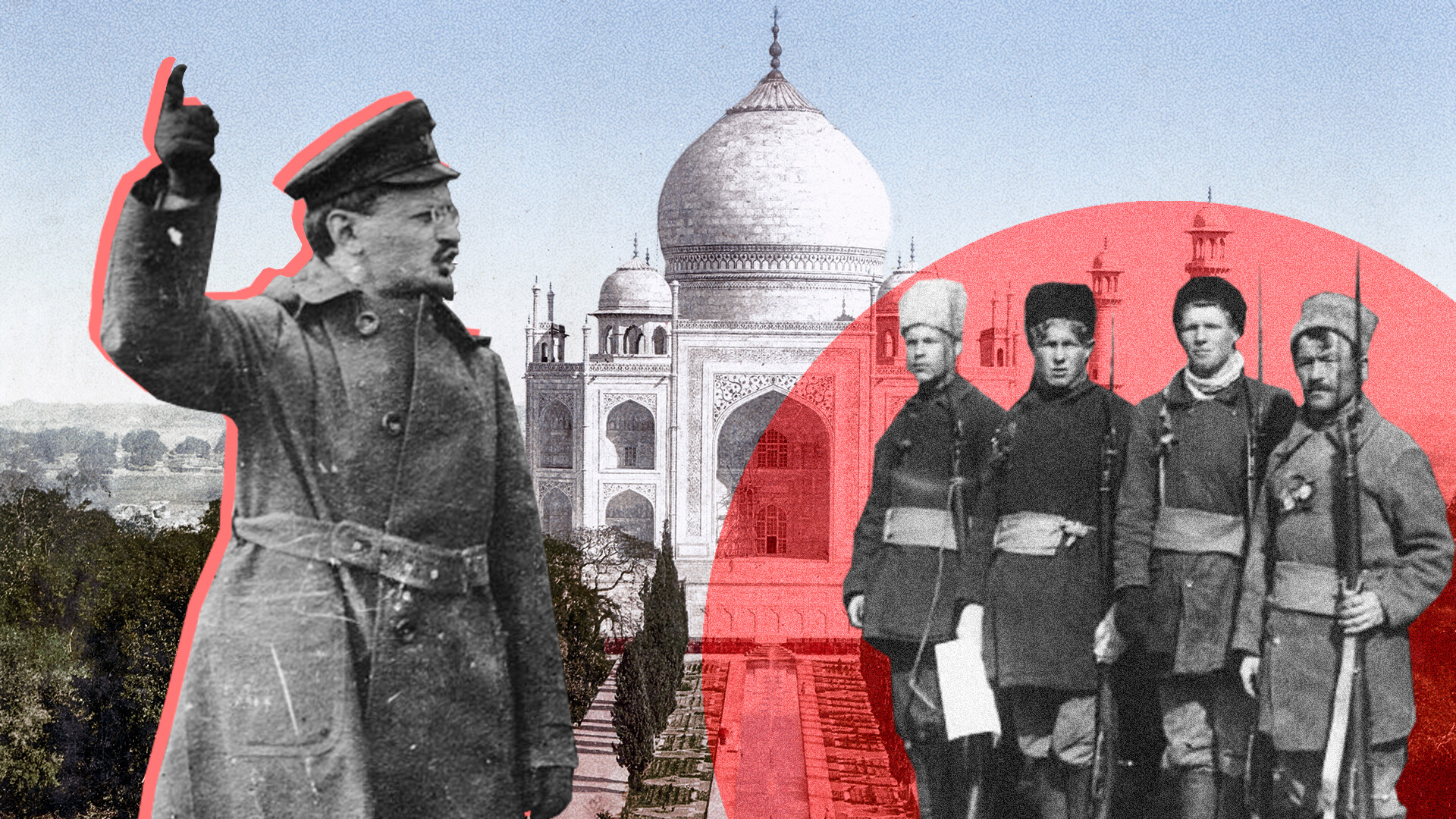
In the Summer of 1919, the leadership of Soviet Russia was seriously discussing the idea of a military campaign in British India. Leon Trotsky and military commander Mikhail Frunze proposed to strike at "British imperialism" in Asia.
From the very moment they came to power in Russia, the Bolsheviks dreamed of "lighting the fire of world revolution". But, in Europe, things were not going well for them – revolutionary movements there were quickly and brutally suppressed.
The Red Army could not carry the revolution to European countries on its bayonets either – the war against Poland, at that time, was going very badly for Russia.
On the other hand, the Bolsheviks had good luck in the east of the country. The White forces of Admiral Alexander Kolchak had suffered a serious defeat there and, as Moscow believed, were no longer a threat.
"There is no doubt that, on the Asiatic fields of world politics, our Red Army is an incomparably more significant force than on the fields of European politics," Trotsky asserted. “The road to India may prove to be shorter for us at this moment than the road to Soviet Hungary."
According to Frunze and Trotsky, it was possible to send a mounted corps of 40,000 sabers to help the "Hindu revolution" to begin with and to establish somewhere in the Urals or Turkestan (Central Asia) "a revolutionary academy, the political and military headquarters of the Asian revolution".
These plans, however, were not destined to come true. In the Fall of 1919, the White forces went on a decisive offensive on all fronts and the Bolsheviks gave up their interest in India.
If using any of Russia Beyond's content, partly or in full, always provide an active hyperlink to the original material.
Subscribe
to our newsletter!
Get the week's best stories straight to your inbox